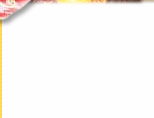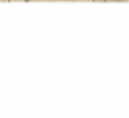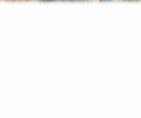

| Batik printing
is one of the most attractive and important traditional crafts still pursued
in Kachchh with certain degree of specialisation. Batik printing is now
confined to coastal townMundra mainly in Kachchh. In Batik printing, paraffin-wax is used as resist - material. In the 18th and 19th century, the East India Company used to export Batik print articles to other countries. But in the present days the craft depends more on indigenous demand than on exportmarket. The paraffin-wax is melted in a metal tray with the help of a kerosene stove. The carved wooden block is immersed in the melted wax and printed on white cloth spread on a printing table. Prior to the spreading of cloth sand is spread on the table surface, which helps the wax in entering into the cloth and cooling down quickly. The first resist retains white portion of the cloth. The cloth is now dipped in lighter colour, followed by application of resist again. This process is repeated as far the number of colours pen- etrate, provide wonderful appeal which is impossible in any other method of printing. For dyeing nepthol group of colours are used. The wax-resist is removed by immersing the cloth in boiled water. The wax collected on the surface of the water is re-used as resist. Lastly, the cloth is dried, pressed and packed for marketing. The flora, fauna and geometric designs are the general motifs of printing in this technique. Lungies, curtains, bed - spreads, cushion-covers, sarees,rumals, dress materials etc. are the items of production within this technique. BesidesMundra, Bhujpur, AnjarandBhuj are the other main production centres of Batik printing in Kachchh. |
 |
 |
 |
 |
 |
 |
 |
 |
 |
 |
 |
 |
 |
 |
 |
 |
 |
 |
 |
 |
 |
 |
 |
 |
 |
 |
||||
 |